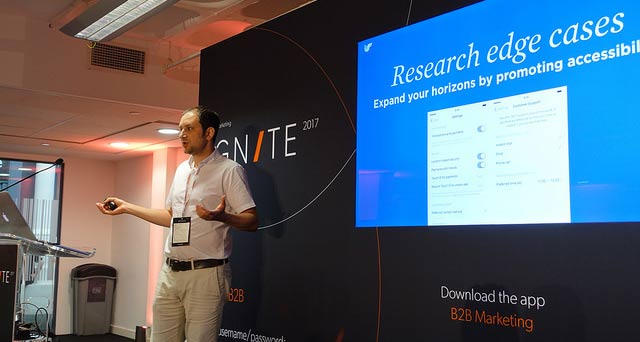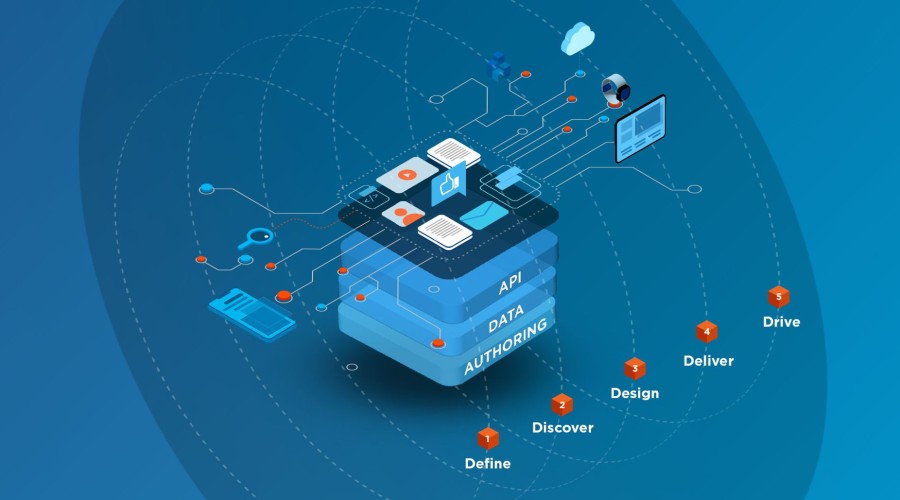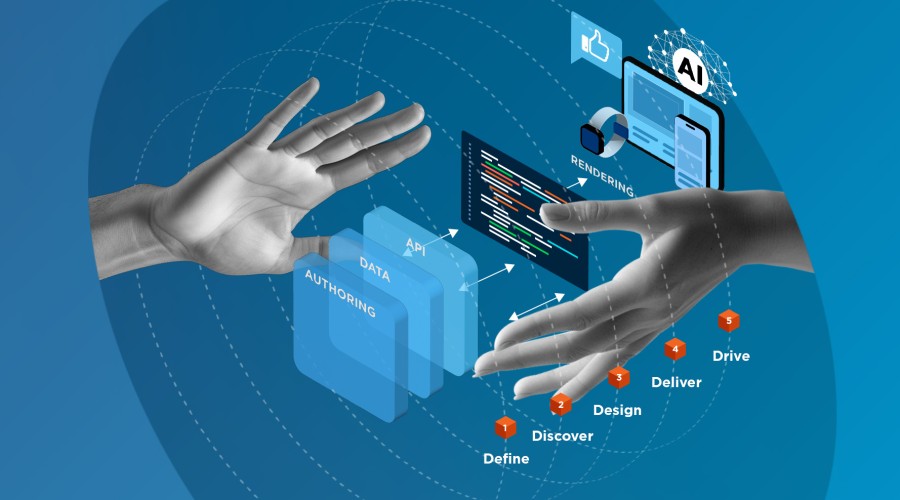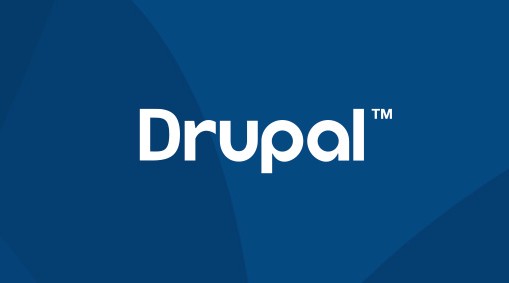62% of professionals believe their business is in denial about how best to move forward with Digital Transformation. I’ll show you how to set the scene and the classic do’s and don’ts.
My last post revealed why Digital Transformation is important. You can secure greater efficiency, growth and engagement for your company – but only if you can navigate demanding people, process and technology challenges. These are the digital transformation enablers.
Customer-centricity drives today’s digital transformation. Balancing that with disrupting your business in the pursuit of greater efficiency isn’t easy. This post shows you how to set the scene and avoid the most common pitfalls. My thinking comes from experience with an array of clients, spanning multiple industries.
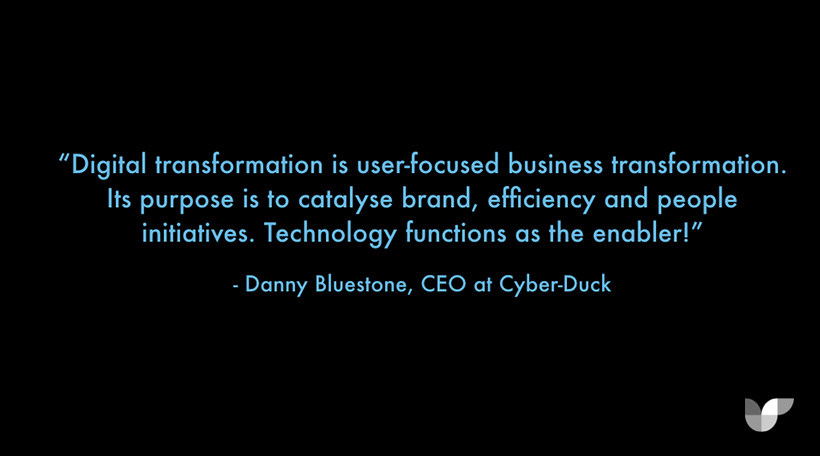
Who Should Drive Digital Transformation?
Digital Transformation is just what it implies – a seismic shift (that can start with small waves) which unifies the whole business. So, it affects everyone from sales, marketing and legal, all the way to HR, finance and suppliers.
The CEO of your business should be fully invested in the digital transformation. Though it doesn’t have to start with them, ensuring buy-in from the board and senior staff is vital. As Sir Martin Sorrell put it, sometimes you must be prepared to “eat your own children” – the assets or ideas that you’ve conceived and held close in the past, but are no longer working for your business.
You can only do that with leadership support and team empowerment. Both are buoyed by a dynamic culture. Absolutely everyone involved needs three human ingredients:
- Boldness – a clear, bold vision, your moon to shoot for
- Inclusiveness – driving strategy from the top, while empowering all
- Grit – the determination to change over months and years, not weeks
How Should I Tackle Culture?
Implementing digital transformation programmes often needs a reshape of your internal culture – adapting how your teams currently work to collaborate with new technology. That’s no mean feat. AT&T reports that 63% of businesses see changing company culture as a challenge.
This is where strong, proven expertise in user experience can differentiate. Cyber-Duck places persona research, stakeholder planning and workshops at the heart of our Digital Transformation approach.
We dive deep into what you and your users need to achieve through research, interviews and testing. These insights inform all decision-making and rollout of initiatives. This means the transformation, technology and processes are focused on customers and can truly add value. These are the digital transformation enablers.
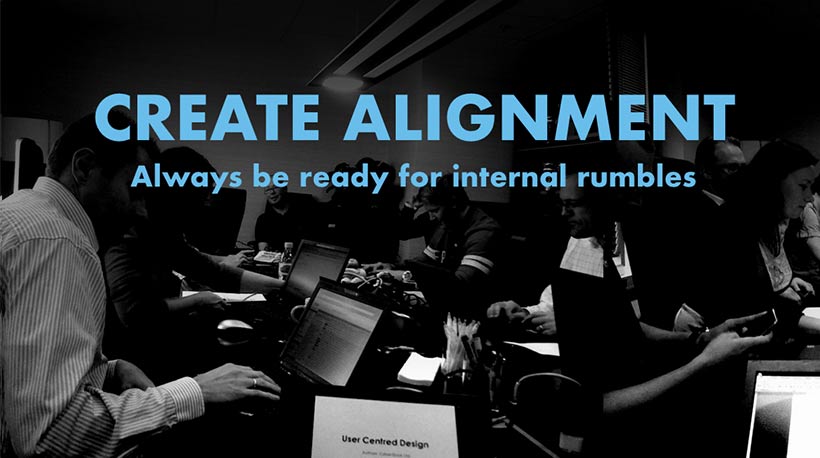
Base your culture on a passion for solving the needs, desires and objectives of your users.
CASE STUDY: TELEFÓNICA
Telefónica is a fantastic example. Artificial intelligence (AI) is at the heart of their transformation. Based on cognitive intelligence, their AI Assistant, Aura aims to help customers manage their digital lives more effectively.
Aura controls the amount of data generated by Telefonica’s services and products securely. Customers decide what must be done with that information. This is a key selling point, when data security is on the minds of many customers.
But the tech isn’t everything. Their CEO, Jose Maria Alvarez-Pallete revealed that while their Digital Transformation focuses on the tech, it wouldn’t be possible to achieve results without cultural adaption and a huge conviction as digital transformation enablers.
“The whole organisation needs to be convinced that this is the way to go,”, he said at Mobile World Congress this year. “We all tend to look at ourselves by departments, [such as] tech, IT, HR, and that’s fine but if we are going to take advantage, we need to change our approach.”
He explained that customers could feel the most empowered by Telefonica’s transparency, principles and values. The company had plenty to do from a logistical perspective – from simplifying networks and tariffs, to digitalising processes and winding down older systems.
What About Technology?
It’s tempting to immediately explore the newest technologies during Digital Transformation projects. By design, your digital transformation strategy should include a moment to assess the risks and opportunities before commencing. This can cause painful debates. I’d advise creating prototypes and demos of the technology (or initiatives) you’re planning to use upfront to inform debates.
But when planning for the future, don’t rely on a technology simply because it’s trending or has been successful in the past. For example, once mobile heavyweights, Nokia and Blackberry have been totally outgunned by Apple and Android. It is not because the latter used a superior technology. Instead, Apple and Android formed a platform that allowed their community to add value. As ever, the customer was at the centre.
CASE STUDY: WALMART
Walmart’s Digital Transformation effort demonstrates this in more detail. One of their projects aimed to increase consumer confidence through improving food safety. Food poisoning outbreaks have broken confidence in plenty of chains – for example, Chipotle’s share price dropped by 42% following a significant E.coli outbreak in 2015. Without being able to monitor their varied supply chain in real-time, they couldn’t contain the contamination easily.
Walmart embarked on an experimental supply chain verification project. They tracked the movement of pork through the retailer’s Chinese supplier base through blockchain. Blockchain is a secure distributed database where ‘blocks’ of data are added sequentially. As each block is secured with a ‘hash’ of the block just beforehand, it’s difficult to tamper with any data.
Walmart traced food from the producer, to processor, to store and finally to the customer. By doing so, they hope to cut the time it takes to remove recalled food, whilst minimising food waste. A technology that’s been questioned by many is finally successfully implemented – but only within a customer focused business case.
Their use of blockchain technology may generate some positive PR around the quality of the meat and be linked to an increase in sales. But here, technology is only the enabler.
Doug McMillon, Walmart’s CEO recently admitted in an interview that Walmart’s culture was slow to become digital and compete with Amazon’s online marketplace. He put staff education as one of the key initiatives and said: “the people who run the older parts of our business must also become digital. We can’t have some people live in yesterday while others live in tomorrow”.
Tips for Your Digital Transformation
DO - digital transformation enablers
- Get support from the most senior stakeholders. Combined with a culture that’s ready to adopt change, they will be the driving force of your Digital Transformation. But research and mitigate expectations before you start, as and can take years (not months!) to see very substantial business benefits.
- Continue to assess your progress once you have begun the journey. You can do this by adopting the pinnacles of lean thinking. This includes generating value to the end user; creating a culture of continual improvement; waste reduction across operations (e.g. using automation); and focusing on people, process and production iteration (via agile development, for example).
- User centricity must set the foundations for your vision! Karl Moore, a Professor at McGill University stated that: “Technology often leads too much change, but with digital transformation the consumer, rather than the technology, is in the driver's seat, and this matters”. It is important to map out the operations, processes and choose a technology and a combination of platforms that can be used to deliver the desired end to end Digital Transformation.
- Explore what processes and technology you need to underpin your vision and make it happen. In the previous article, we wrote that it’s not possible for a platform, technology or business transformation to provide a ‘digital transformation’ in isolation.
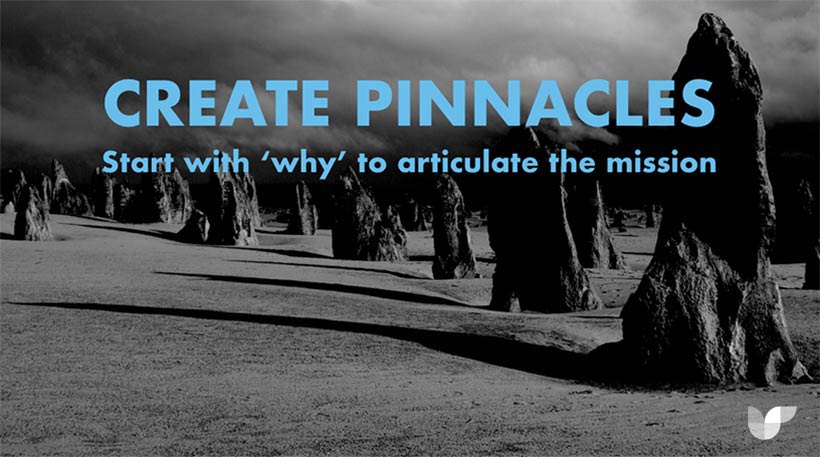
A digital transformation is a journey and a mission; remember why you are on this pathway in the first place.
DON'T - digital transformation blockers
- Don’t start off without a vision. Back in 1962, President John F. Kennedy aimed to put a man on the moon. On a visit to a NASA facility he asked the janitor, “What are you doing?”. The janitor replied, “I'm helping put a man on the moon”. This represents the vision that was set and the culture that formed. This undoubtedly helped the unbelievable be achieved. Ensure your colleagues live by it.
- Don’t underestimate the impact the change will have on your organisation's culture. Digital Transformation will affect each employee, so everyone needs to be on board. Roman Rock, product owner at Argos was involved with three digital transformations, and commented on how he found cultural change and process crucial to a successful transformation.
- Do not judge potential processes or technology on the success or pitfalls of organisations around you. Change is different in every organisation, and what has worked for others, may not work for you.
- Don’t disregard the importance of testing and iterating to achieve your objectives. For example, we conducted A/B tests for the largest B2B supplier of industrial and speciality gases and equipment in the UK. We uncovered a design that increased sales by 4.2%, simply by changing the layout of a search bar.
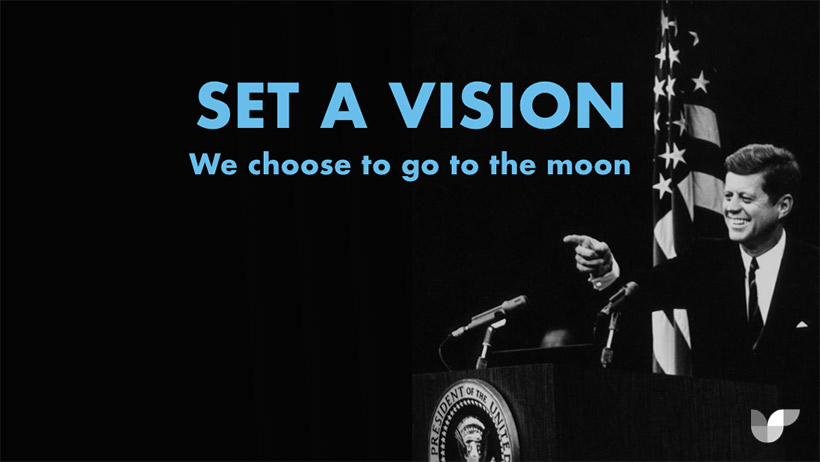
It’s important to set a vision, like JFK did when he sought to get a man to the moon.
Final Thoughts
Changing your organisation’s culture so it focuses on an agile mentality of quick wins is transformative in its own right, even if it is not strictly ‘digital transformation’ by definition. Throughout your Digital Transformation remind yourself and colleagues that:
"It is not the strongest of the species that survives, nor the most intelligent that survives. It is the one that is the most adaptable to change."- Charles Darwin
Nor forget the speed in which you need to be able to change at:
"It's no longer the big beating the small, but the fast beating the slow"- Eric Pearson, CIO, International Hotel Group (IHG)
Finally, don’t just digitally transform for the sake of it. If you can take baby steps to improve, that in itself is an amazing feat. Digital Transformation does not suit every organisation at every moment in time. Determine whether it is the right move for you at this stage and what kind of digital transformation enablers you need. My next article will explore what opportunities design thinking can unlock for your business.

